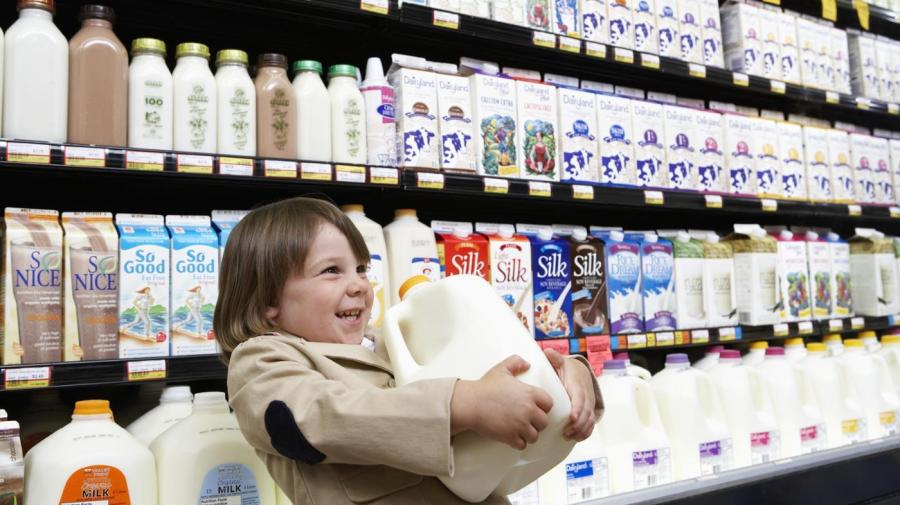What Is Sterilized Milk?

Sterilized milk is created by heating milk through an ultra-high temperature process, also known as UHT. This process destroys microbes and bacteria found in the milk, increasing its shelf life.
Sterilization requires heating the milk to temperatures up to 135 degrees Celsius, and packaging the milk in aseptic containers. These containers are then sealed air-tight, closely monitored for microbes, and disinfected when needed.
When milk is heated, chemical reactions occur that may change its physical properties. Heating milk may cause a reduction of pH levels, precipitation of calcium phosphate and protein denaturisation. The chemical reactions in milk are not temperature-sensitive, and therefore using ultra-high temperature processes and rapid cooling and heating techniques helps to reduce the amount of chemical reactions in the milk.





